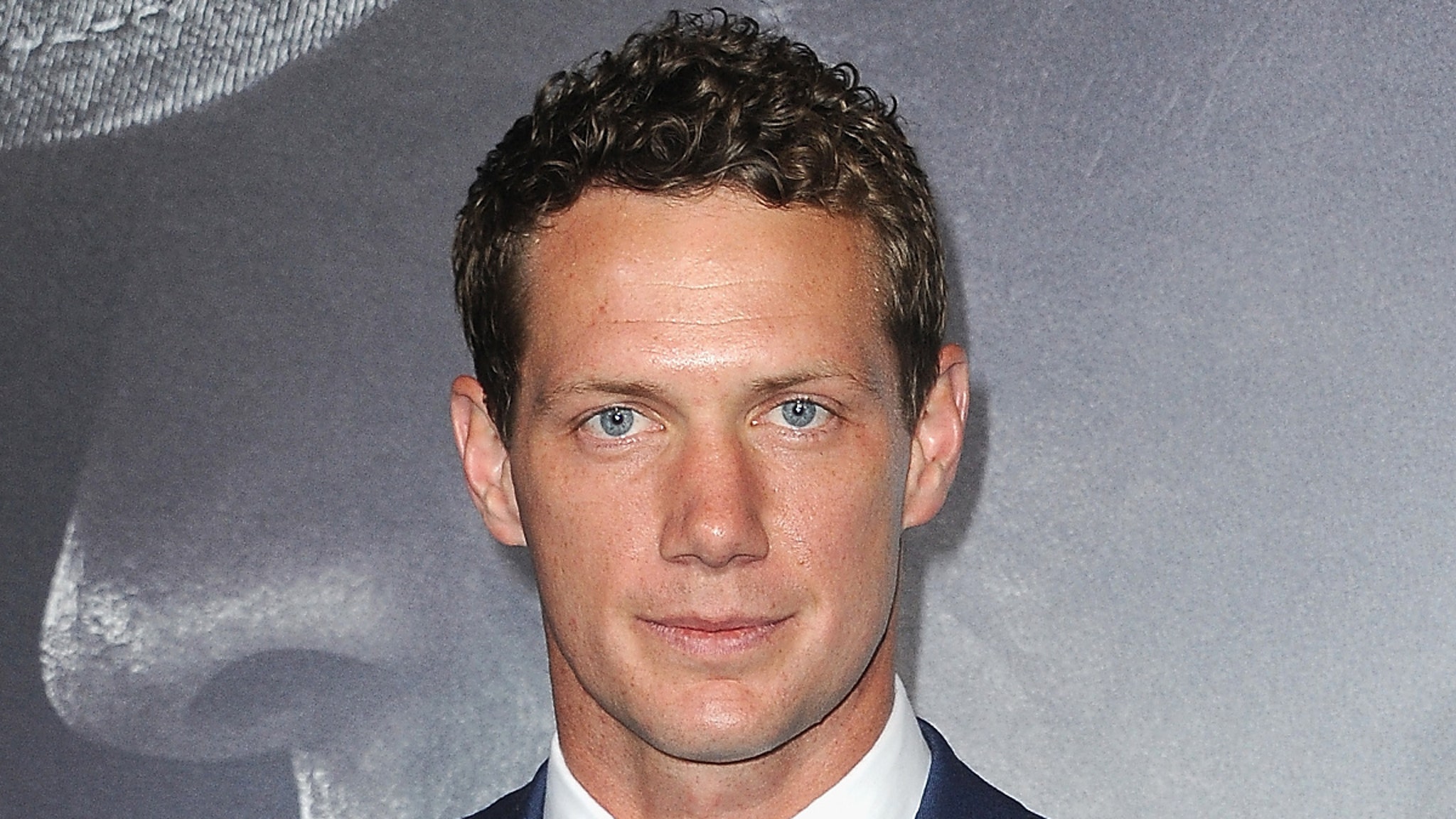Culture
How Well Do You Know Disaster Movies? Revisit the Golden Years.

In a world …
where tornadoes launch livestock across the sky …
… where faulty wiring turns a skyscraper into a death trap …
… where a menace from above forces you to stop and look up …
… one question remains …
“What you are about to see could happen to any city, anywhere.” — “City on Fire” (1979)
Also shown: “Independence Day” (1996), “Armageddon” (1998) and “The Day After Tomorrow” (2004).
“We all hope for the best, but we’ve prepared for the worst.” — “Deep Impact” (1998)
In the 1970s, American moviegoers fell in love with bigger-than-life films, but what they really fell in love with was watching things go kablooey. That era is celebrated for auteurist triumphs from New Hollywood filmmakers like Peter Bogdanovich. Yet it was also the golden age for the kind of old-fashioned disaster spectacle that movies have loved since before they talked, and which the recent “Twisters” capitalizes on: effects-driven blockbusters about calamities in which stars suffer terribly, endure heroically and make it out alive … or not.
That decade of disasters took flight in 1970 with “Airport,” a glittery (Burt Lancaster! Jean Seberg! Dean Martin!) snore about air-and-ground calamities in and around a Midwestern airport during a blizzard. A box-office hit, “Airport” was nominated for a baffling 10 Oscars, including best picture, though only Helen Hayes won gold for her hammy supporting turn as a stowaway. The film’s success kick-started a vogue for catastrophe that led to the copycats and produced sequels (“Airport 1975”) and, as the trend’s popularity waned, brought about both flops and inevitable parodies, including “Airplane!”
Like “Airport,” “The Poseidon Adventure” (1972) is based on an adventure novel and features a miscellany of famous names and familiar faces forced into a Darwinian battle for life, death and scene-stealing. One key difference is that “Poseidon” had a capable director in Ronald Neame and a savvy producer in Irwin Allen, who became known as the “master of disaster.” Allen understood human nature; he also knew that exploitation cinema can bring in a mainstream audience if it’s fancied up with respectable stars and pricey special effects. A good tag line doesn’t hurt: “Who will survive,” one of the film’s posters teased.
An All-Star Cast!
“The Towering Inferno”
“Airport”
“Earthquake”
“The Poseidon Adventure”
“Towering Inferno”
“Airport”
“Poseidon” focuses on a small group after a tidal wave hits an ocean liner, forcing it to go belly up in a scene that retains its shock and power. Gene Hackman stars as a with-it reverend — he wears a turtleneck rather than a collar — who leads his newfound flock to safety. It’s hard not to wonder if Hackman’s viscerally testy performance was a result of him winning an Oscar for “The French Connection” while making “Poseidon”; he knew he had better films in him. He may have also realized that Shelley Winters was stealing his thunder as Belle Rosen, a self-described “fat woman” whose daring underwater swim still makes me weepy.
Although some disaster-flick purists distinguish ensemble disaster flicks like “Poseidon” from science-fiction films like “The Andromeda Strain” (1971), a nail-biter about an extraterrestrial virus, they share more commonalities than differences. Namely, like the disaster flicks that proliferated with the advent of computer-generated special effects — and, much like Marvel movies — all these films bank on the spectacle of human misery. “People are drawn to chasing a firetruck,” Allen told The Times in 1974, “to seeing who’s being put in an ambulance.”
Audiences and certainly studio suits are also still drawn to the specter of the male savior, a potential Christ-like figure or even two, as in the case of “The Towering Inferno” (1974), about a high-rise conflagration battled by Paul Newman and Steve McQueen. They’re fine, but my heart belongs to Moses, a.k.a. Charlton Heston, the star of the risible “Earthquake” (1974). There wasn’t much that Heston could do to save this dud as he staggered through a devastated Los Angeles. And while popular interest in the era’s disaster flicks soon, er, crumbled, the promise of the male savior and our appetite for destruction remained unabated.
“Lava? Here in L.A.?” — “Volcano” (1997)
Also shown: “Independence Day” (1996), “Titanic” (1997) and “The China Syndrome” (1979).
“I said I was gonna get everybody out of here!” — “The Poseidon Adventure” (1972)
Also shown: “The China Syndrome” (1979), “Outbreak” (1995) and “Armageddon” (1998).
Disaster movies are a barometer of the national mood. In turbulent times, chaos wins: Leaders squabble, nuclear bombs plummet and zombies reign. Our cynicism is cranked up to a scream, like Gene Hackman’s Reverend Frank Scott in “The Poseidon Adventure” (1972) railing at his god, “Leave us alone! How many more sacrifices? How much more blood?”
But when things are really wobbly, I’m drawn to the disaster movies of the ’90s when humanity saved the day. From 1996 to 1998, during the calmest decade anyone under retirement age remembers, Hollywood hammered multiplexes with a tidal wave of terror: tornadoes (“Twister”), aliens (“Independence Day,” “Mars Attacks!”), molten magma (“Volcano,” “Dante’s Peak”) and meteors (“Deep Impact,” “Armageddon”). Whatever the scourge, three things were constant. First, the calamity wasn’t our fault. Second, citizens — not superheroes — would rise to the occasion. And third, there’d often be a heck of a great presidential speech.
“Deep Impact”
“Independence Day”
“Mars Attacks!”
Presidents played by beloved icons like Morgan Freeman and Jack Nicholson delivered rousing odes to the collective power of the common man (although Nicholson, fatuously and fatally, delivered his to an unswayed extraterrestrial). My vote for the most inspirational onscreen POTUS goes to Bill Pullman in “Independence Day.” “We can’t be consumed by our petty differences anymore,” his President Thomas J. Whitmore urges before the planet’s last stand. “We’re going to live on. We’re going to survive!”
A sermon like that could make rattling tectonic plates feel like comforting lasagna.
Yes, we watch these onscreen catastrophes for the carnage. But when the dust settles, we’re thinking both about what collapsed and what ordinary people did to create a better tomorrow. Some sacrifices were literal, like the grandmother in “Dante’s Peak” who silently and heroically hops off a rowboat to drag her family to safety through an acidic lake, or Bruce Willis’s oil driller in “Armageddon” whose emotional farewells are a tad too bombastic for my taste even before the Aerosmith kicks in. Personally, I’m more moved by humble moments of humanity. The meteorologists in “Twister” risking death and skyrocketing auto insurance premiums just to increase the advance warning time for a tornado from three minutes to 15. Vivica A. Fox’s single mother bandaging up President Whitmore’s first lady while breezily admitting, “I voted for the other guy.”
Critics at the time waved off these blockbusters as junk. History has burnished their reputation as successful original ideas. Hollywood’s decision to build its future on repetitive iterations of intellectual property has proved to be as financially risky as erecting a mansion on Mount St. Helens. Notably, none of these films even had a sequel until 2016’s “Independence Day: Resurgence” — and that movie came across as jingoistic and insincere, as though every capital city in the world got destroyed and mankind didn’t learn a thing. Now that’s frightening.
“A winter wonderland becomes a nightmare of destruction.” — “Avalanche” (1978)
Also shown: “Deep Impact” (1998), “Twister” (1996) and “The Towering Inferno” (1974).























